Composting: it’s the alchemy of gardening where your kitchen scraps metamorphose into compost, a rich soil enhancer. This process is facilitated by a bustling community of microorganisms, insects, and worms, breaking down organic material like fruit peels and garden leaves in a compost pile. The finale? A creation of “black gold,” ready to boost the fertility of your garden soil.
This natural process is driven by microorganisms, insects, and even earthworms, working tirelessly to break down your kitchen scraps and garden waste. The duration it takes to turn compost into usable soil primarily depends on factors like the materials you’re composting, the size of the compost pile, and the conditions like temperature and moisture. With patience and a little care, in typically 2 to 6 months, your compost will transform into a nutrient-rich, soil-like material, ready to enrich your garden. Understanding this timeline helps gardeners plan better, ensuring a steady supply of homemade compost for their gardens.
- The Standard Composting Timeline
- Factors Affecting the Compost Process
- Hot Compost vs Cold Compost: A Time Perspective
- Tools That Will Help You Make Compost Faster
- The Art of Turning: A Time Saver
- How Long Does It Take to Make Compost: Method Matters
- How to Know When Your Compost is Ready
- Using Your Finished Compost
- How Long Does Compost Take? Common Mistakes.
- 8 Factors That Affect How Long It Takes for Compost to Be Ready
- Conclusion: Your Path to Speedy Composting
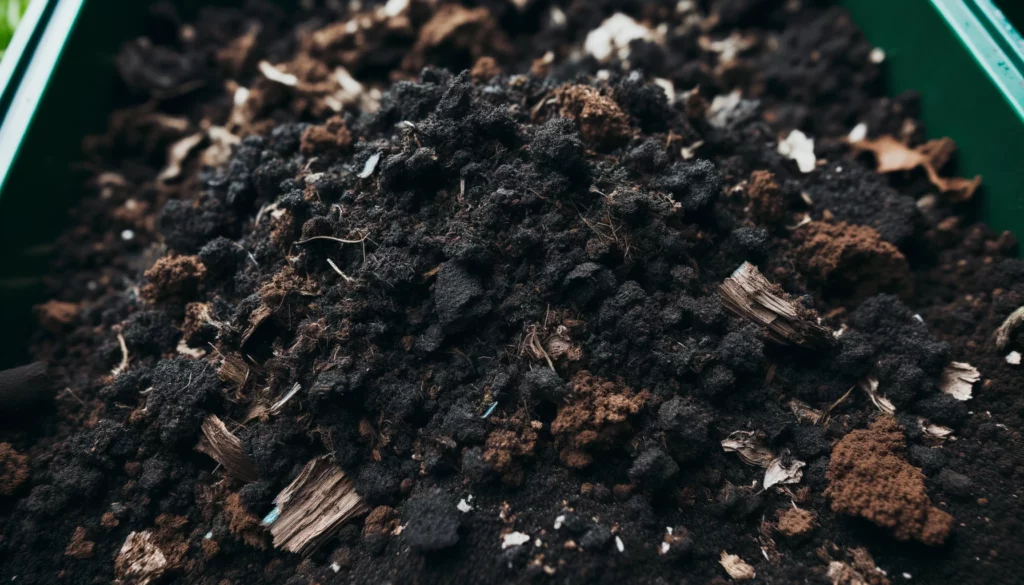
The Standard Composting Timeline
Oh, the anticipation of waiting for your compost to be ready! It’s almost like watching a pot of water boil, but with more worms and less heat. The big question on every composter’s mind is: how long does compost take to turn into soil? Let’s unpile this composting timeline mystery.
Initial Setup
The journey begins with you setting up your compost pile or bin. Collecting your kitchen scraps, yard waste, and getting the right balance of “greens” and “browns” is your first step on the composting highway.
Active Composting
Once your pile is set up, the active composting phase kicks in. This is where the magic happens! Microorganisms munch on the organic matter, breaking it down into smaller pieces. This phase can last anywhere from 3 to 6 months. But hey, no one said good things come easy, right?
Curing or Maturing
After the active composting phase, your compost needs some time to mature. Think of it as a fine wine, getting better with age. This phase allows the compost to stabilize and continue to break down at a slower pace. It’s during this period, which can take 2 to 4 months, that the compost turns into that black gold we’re all after.
So, How Long Does It Really Take?
Summing it up, the entire composting process from start to finish can take to make compost anywhere from 5 to 10 months. However, it can take longer if conditions aren’t ideal. The compost can take up to two years in some cases! Now that’s a test for the patient among us.
Does this timeline have you rethinking your weekend composting project? Or are you excited about the prospect of turning trash into treasure over time? With a bit of patience and the right approach, composting can become a rewarding part of your gardening routine. And remember, while it may take a bit of time, the results are well worth the wait!

Factors Affecting the Compost Process
Ever wondered why some folks seem to have the Midas touch when it comes to composting, turning their scraps into garden gold in no time, while others wait endlessly? Well, several factors affect how long it takes for compost to become garden-ready. Let’s sift through some of these elements that could speed up or hit the brakes on your composting venture.
Size and Surface Area
Small pieces break down faster. It’s that simple. Chopping, shredding, or mowing your materials into smaller bits increases the surface area for microorganisms to do their thing. So, if time is of the essence, get chopping!
Moisture and Aeration
Your compost heap likes it damp, not drenched. Keeping the compost moist helps the microorganisms thrive. On the flip side, a good airflow is vital. Microbes need oxygen to survive and function effectively. So, don’t let your compost become a soggy, suffocating mess. Give it a good turn now and then to let it breathe and to avoid any foul smells. Who knew composting could be a workout, huh?
Material Balance
A good mix of ‘green’ materials (like food scraps and fresh lawn clippings) that provide nitrogen, and ‘brown’ materials (like dry leaves and twigs) that provide carbon, is like giving your compost a well-balanced diet. This balance helps the microbes thrive and accelerates the decomposition process.
Temperature
Warmth is a catalyst in the composting saga. A hot compost pile, where temperatures reach between 110°F to 160°F, will decompose materials much faster than a cold pile. The heat helps kill pathogens and weed seeds, making the compost safer for use.
Compost Bin or Pile Design
The design of your compost setup can also play a role. Some compost bins are designed to retain heat and moisture better, which can speed up the process.
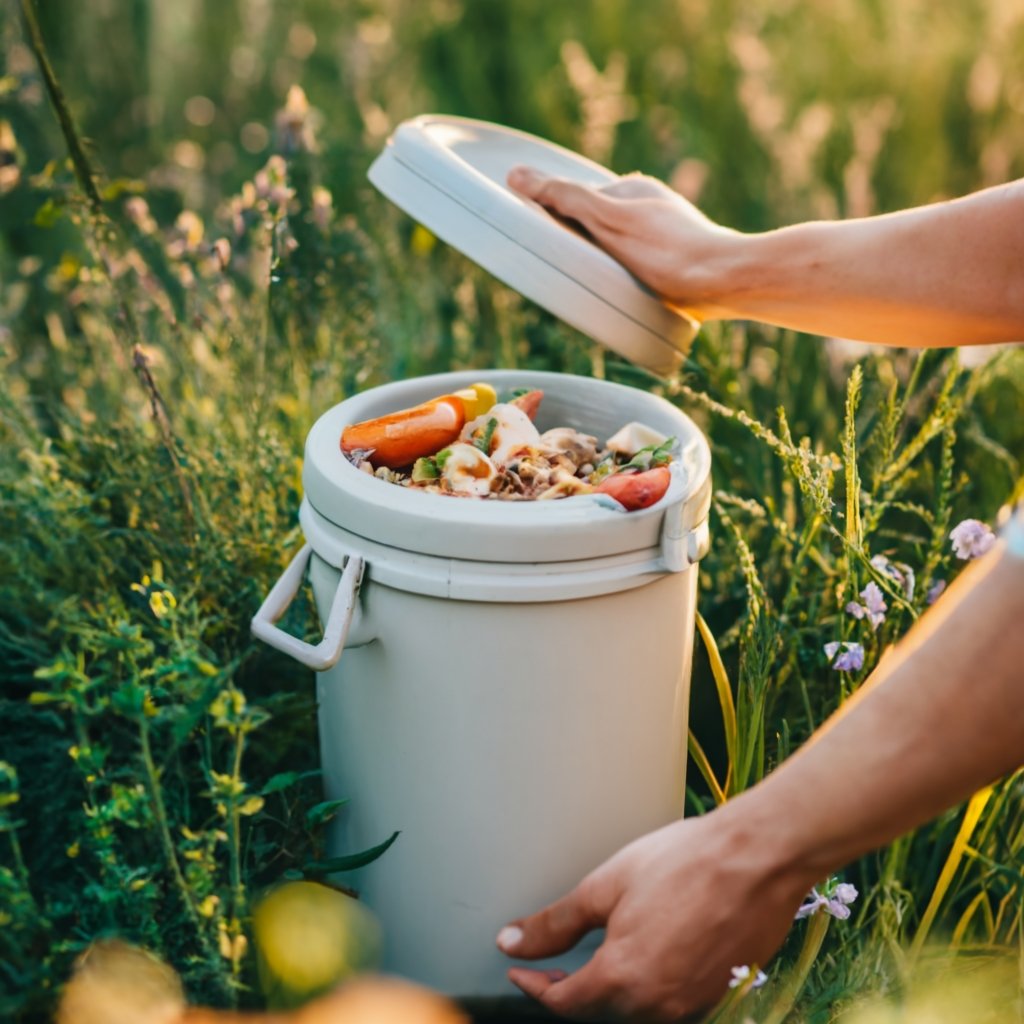
Critters and Microorganisms
The presence of earthworms, bugs, and a healthy dose of microorganisms can significantly speed up decomposition. These little helpers munch through organic matter, breaking it down faster.
Are you taking notes, or is your mind in the compost bin already? Either way, understanding and tweaking these factors can help you get to the finish line of the composting race a bit quicker. Now, who doesn’t want to shave off some waiting time from the watch-the-compost-heap-grow marathon?
Hot Compost vs Cold Compost: A Time Perspective
In the composting arena, it’s not just about what you compost, but how you compost. The two big players here are hot compost and cold compost. Each has its playbook, and the time it takes to cross the finish line varies significantly between the two. So let’s dive into this heated (or not so heated) topic.
Hot Composting: The Fast Track
Hot composting is the hare in the composting race. This method involves creating conditions that are just right for microorganisms to break down organic matter at a faster pace. How? By maintaining a higher temperature in your compost pile, usually between 110°F and 160°F. The heat revs up microbial activity, leading to quicker decomposition.
The compost process here is quite active. You’ll need to monitor the temperature, turn the pile frequently to aerate it, and ensure a good balance of green and brown materials. It’s a bit of a chore, but the payoff is sweet. Hot compost can get you to the compost is ready stage in as little as 2 to 3 months. Got a need for speed? This might be your lane!
Cold Composting: Slow and Steady
On the flip side, cold composting is the tortoise in the scenario, slow and steady. This laid-back approach involves just piling up your organic materials and letting nature take its course. No turning, no temperature checks, just a wait-and-see game.
However, with this ease comes a lengthy wait. Cold composting can take anywhere from 6 months to a couple of years before the compost is ready to grace your garden. The lesser maintenance is a bonus, but the long it takes to get usable compost could test your patience.
Now, a bit of a reflection time. Are you the patient gardener who doesn’t mind the wait, or are you after quicker composting gratification? Each method has its merits and deciding between the two often boils down to how much time and effort you’re willing to invest in turning your scraps into garden gold.
Tools That Will Help You Make Compost Faster
So, you’re into composting but not into the waiting game? You’re in luck. There are some tools and additives to help you speed up the composting process. It’s almost like giving your compost a little caffeine kick to hasten its journey to garden readiness. Let’s take a peek at these time-savers.
Compost Tumblers
A compost tumbler is like a compost bin with a degree in aerobics. It’s designed to be easily turned, ensuring regular aeration which is key to faster decomposition. The sealed container also helps maintain the moisture and heat levels, creating an environment where microorganisms thrive and work faster.
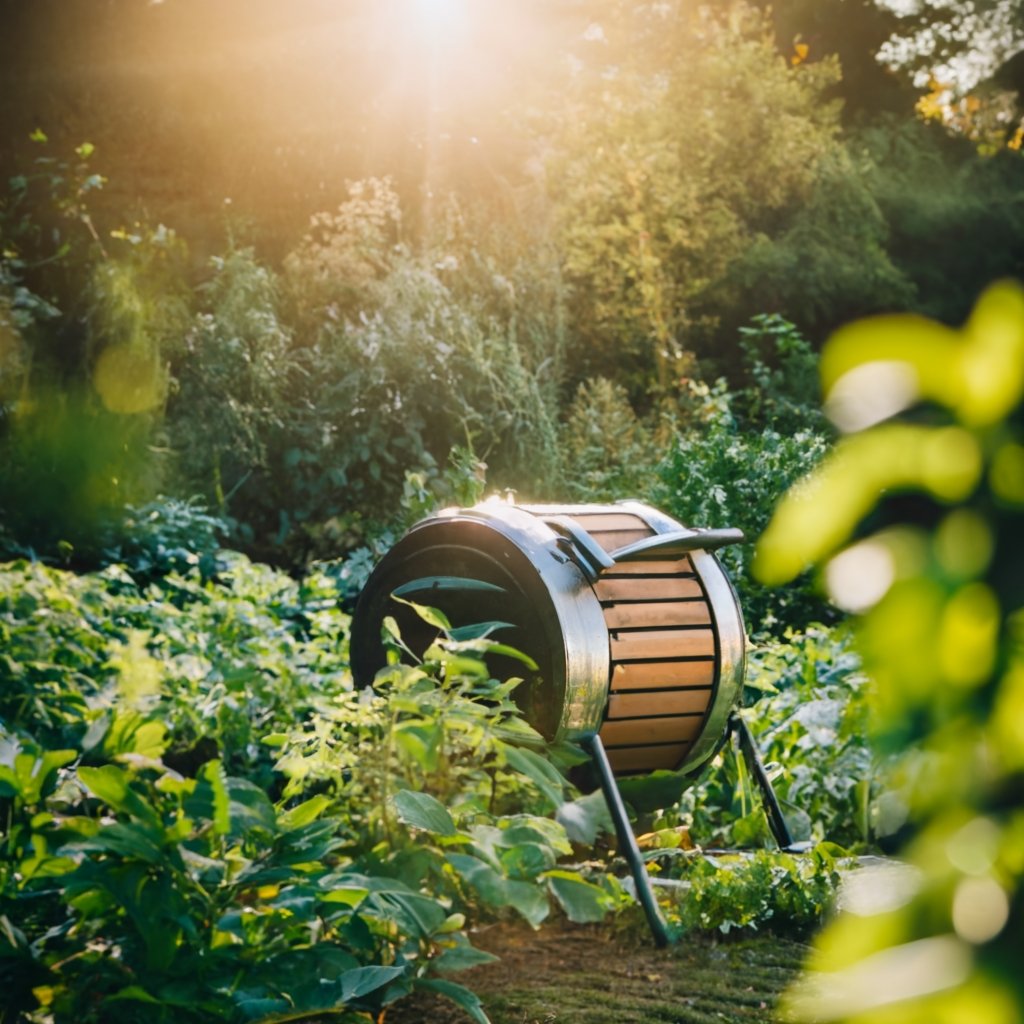
Compost Bins
Not all compost bins are created equal. Some are better designed with aeration holes, easy-to-turn lids or even built-in aerators. Investing in a well-designed compost bin can shave some waiting time off your composting adventure.
Compost Activators
Now, if you’re looking to add some pep to your compost’s step, compost activators might be your go-to. These additives, often rich in nitrogen and beneficial microorganisms, can kickstart the decomposition process. It’s like throwing a compost housewarming party with a guest list full of decomposers.
Aeration Tools
Simple aeration tools like compost turners or aerator wings can also be game changers. They help you turn the pile easily, ensuring oxygen reaches every part of your compost, keeping those decomposition-loving microbes happy and active.
With the right tools and additives, you can significantly cut down the time it takes for your compost to be garden-ready. It’s about working smart, not hard, in the composting game. So, are you ready to gear up and give your compost a nudge towards the finish line?
The Art of Turning: A Time Saver
Turning is to compost what stirring is to a good stew. It gets things moving and grooving. In the realm of composting, the act of turning the pile is like hitting the fast-forward button on the decomposition drama unfolding in your backyard. Let’s dig into how the simple act of giving your compost pile a good tumble can hustle along the compost process.
Oxygen: The Invisible Helper
Microorganisms, the unseen heroes of composting, are aerobic beings. They need oxygen to thrive and munch through the organic matter in your compost pile. When you turn the compost, you’re essentially inviting fresh air to the party, which keeps the microbial action lively and ongoing.
Breaking the Heat Stalemate
A good turn of the pile redistributes heat, preventing the core from becoming a hot, but stagnant, spot. It ensures that more of the compost gets to experience the warm conditions that speed up decomposition.
Dodging The Wet Blanket Scenario
Too much moisture is a compost’s buzzkill. It can create a dense, mucky environment where air can’t circulate. Turning helps to wring out excess moisture and bring back the fluffy, airy texture that microorganisms love. So, in a way, flipping the compost is like fluffing a pillow for the microbes.
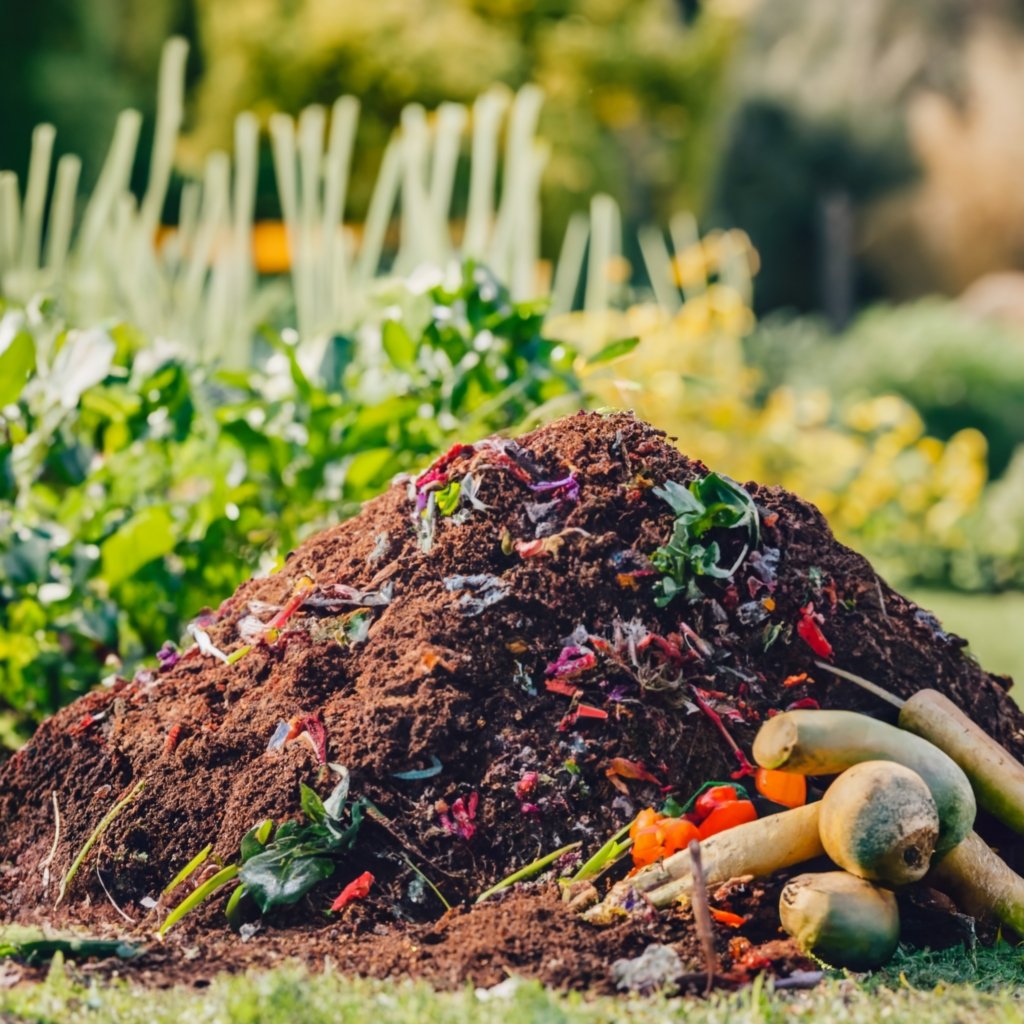
Mixing the Greens and Browns
Turning also mixes the “greens” (nitrogen-rich materials) and “browns” (carbon-rich materials) ensuring a balanced diet for the microbes. A well-mixed compost pile is a happy, and efficient, compost pile.
Turning isn’t just a chore; it’s an opportunity to compost faster. With each turn, you’re one step closer to that black gold for your garden. And let’s face it, in the busy hustle of life, who doesn’t appreciate a good time-saver, especially when it gets you closer to your garden goals quicker? So, are you ready to give your compost pile a little tumble?
How Long Does It Take to Make Compost: Method Matters
As you’ve seem, the time it takes to create the black gold depends on your method of choice. In the table below, we’ve lined up some common composting methods against the time they take to give you that black gold for your garden. Spoiler alert: not all composting methods are created equal. Some are the hare in the race, others, the tortoise. Which one aligns with your composting vibe?
| Composting Method | Estimated Timeline | Effect on Composting Timeline |
|---|---|---|
| Traditional Composting | 6 – 12 months | This method is quite slow as it largely depends on natural aeration and decomposition without much human intervention. |
| Hot (Thermal) Composting | 3 weeks – 3 months | The high temperatures in hot composting significantly speed up the breakdown of organic materials. |
| Vermicomposting | 3 – 6 months | The action of worms eating through the material helps to speed up the decomposition process, but not as fast as hot composting. |
| Bokashi Composting | 2 – 4 weeks | Bokashi is a quick method but requires a second step: the pre-compost needs to be buried in soil to finish the process. |
| Trench Composting | 6 – 12 months | Trench composting is slow but it’s a ‘bury and forget’ method. Over time, materials decompose right in the soil. |
| Aerated (Turned) Composting | 3 – 6 months | Regular turning provides oxygen that speeds up the decomposition, making it faster than traditional composting. |
| Static Pile Composting | 3 – 12 months | Static piles are not turned for aeration, making the process slower compared to aerated composting. |
| Continuous Composting | Variable | Continuous composting allows for ongoing addition of materials, so finished compost can often be harvested from the bottom while fresh material is added to the top. |
Each composting method has its own set of benefits and trade-offs. Depending on your circumstances and what you’re looking to achieve, you might find one method more suited to your needs. For quicker results, hot composting or bokashi might be the way to go, while traditional or trench composting could fit better for a more hands-off approach.
How to Know When Your Compost is Ready
Ah, the moment of truth in the composting saga: is it ready? Knowing when your compost is ready to grace your garden with its presence is both an art and a science. Here are some signs to look out for to determine if your compost is ready to use.
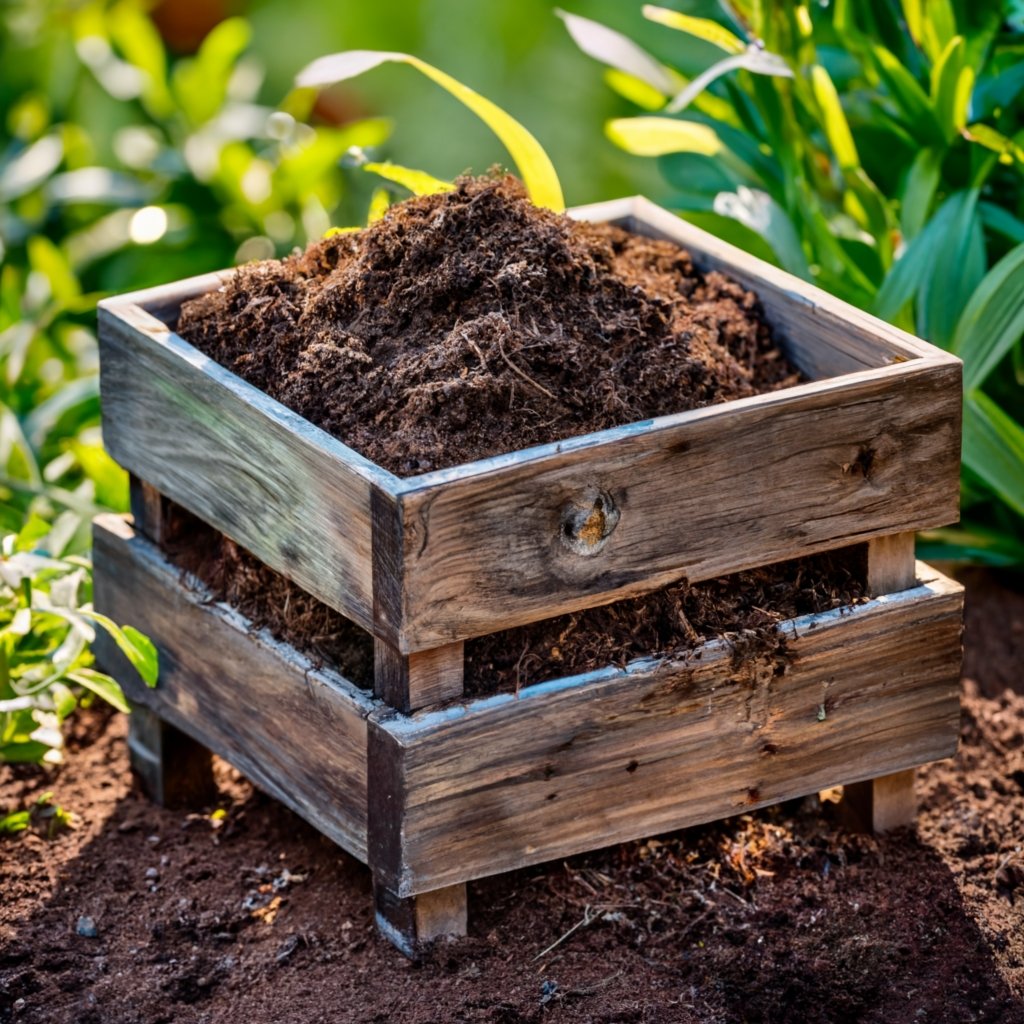
Texture and Appearance
First off, good usable compost will have a nice, crumbly texture, akin to that of garden soil. It should be dark brown, a sign that the organic materials have broken down properly.
Smell
Your nose knows. Finished compost should have a pleasant, earthy smell. If it reeks or has a sour or ammonia-like smell, it’s not done cooking yet.
Temperature
A drop in temperature in your compost pile is a green light. It means the microbial activity has simmered down, and your compost is ready for the garden stage.
No Recognizable Scraps
Can you still spot that banana peel or lettuce leaf? If yes, then it’s back to the composting drawing board. Well-done compost should be a homogenous mix with no identifiable original materials.
The Bag Test
Want to be doubly sure? Bag a sample of your compost in a sealable plastic bag and let it sit overnight. If it doesn’t stink up the place come morning, you’re good to go.
The journey from kitchen scraps to usable compost is a rewarding one. And knowing when it’s time to reap the fruits (or, in this case, the compost) of your labor is crucial. Your plants are waiting eagerly for this homemade goodness, so keeping an eye (and nose) on the readiness of your compost is well worth it. Plus, it’s a skill that’ll make you a composting connoisseur over time. So, what does your compost tell you today?
Using Your Finished Compost
You’ve toiled, you’ve waited, and now you have a heap of black gold ready to be employed. Let’s talk about how to use compost to turn your garden into a thriving Eden.
Mixing it Up
When your compost has reached its prime, it’s time to introduce it to your garden soil. Blend your compost to soil at a ratio that sings to your garden’s soul; a good start is 3 parts soil to 1 part compost. This mix is going to give your soil a texture and nutrient boost.
Top Dressing
Sprinkle your compost on top of the soil like you’re adding the finishing touch to a culinary masterpiece. This technique, known as top dressing, lets the compost slowly integrate with the soil, improving your soil over time with each watering and rain shower.
Planting with Compost
Give your new plants a hearty welcome by placing a handful of compost in each planting hole. It’s like rolling out the red carpet for your green guests.
Raised Beds and Containers
Have raised beds or container plants? Use compost as part of the soil mix. It’s like giving your soil a little extra oomph to support the plant tenants.
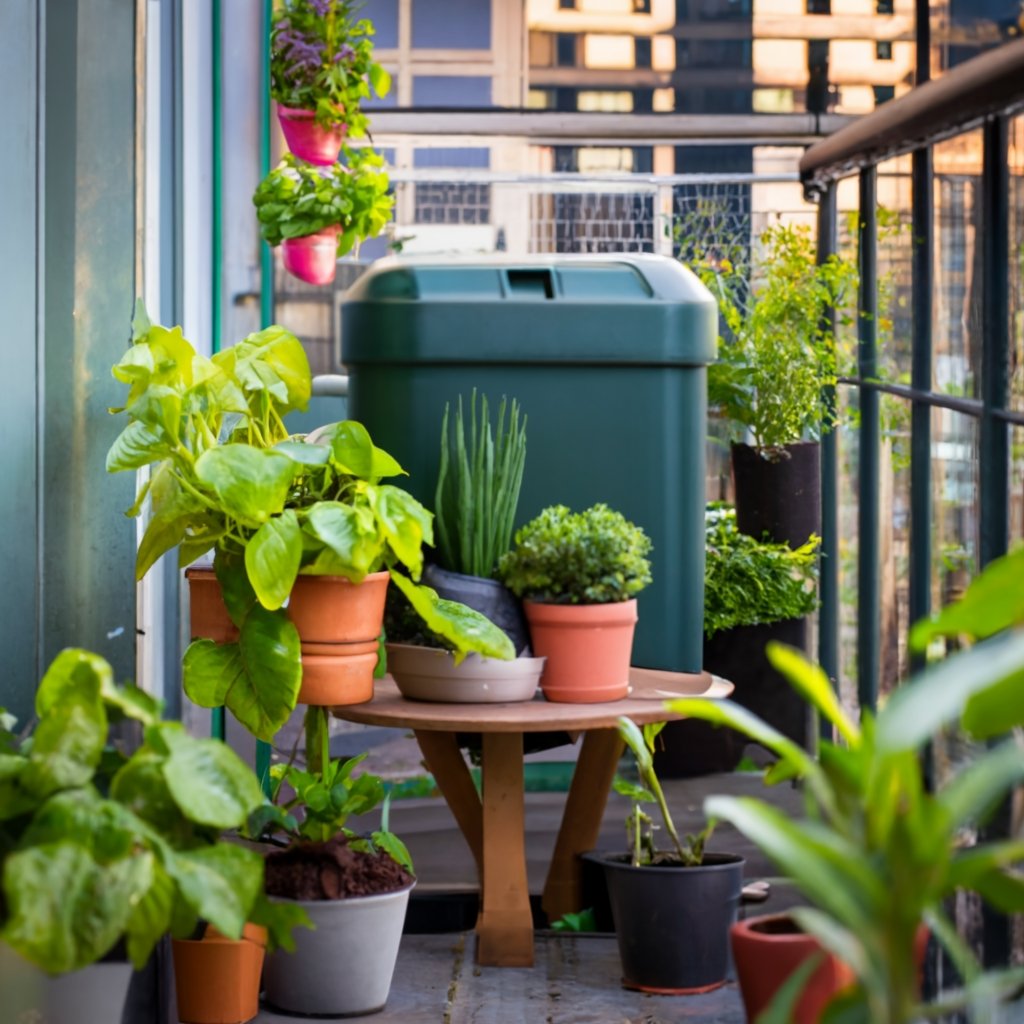
Mulching
Compost can also act as a mulch material. Spread it around the base of plants to keep moisture in and unwanted weeds out.
Now, doesn’t that compost seem like the gift that keeps on giving? With every scoop, you’re not only rewarding your plants but also closing the loop in a beautiful cycle of organic recycling. Your garden will thank you with a burst of bloom and bounty. So, ready to play matchmaker between your compost and garden soil?
How Long Does Compost Take? Common Mistakes.
Aha, the road to composting is not always a bed of roses, sometimes it’s a pile of leaves that compost doesn’t seem to breakdown. Here’s a lowdown on the slip-ups that might be putting the slow in your compost show.
Size Matters
The smaller the materials, the quicker they break down. Been throwing whole fruit and veggie scraps in the compost pile? Chop ’em up to speed things up!
The Wet and The Dry
Too much of anything is bad. An overly wet or dry compost pile is like a party with either too much dance and no music, or vice versa. Balance green materials (like food scraps) with brown (like leaves and twigs) to keep the groove going.
Aeration Aggravation
Your compost pile needs to breathe! If you’ve been neglecting to turn the pile, it’s like expecting a cake to bake without ever turning the oven on. Give it a good stir to get things moving.
Ignoring Ingredients
Some things take a long time to decompose. Avoid placing bones, dairy, or diseased plants in your pile to avoid the long wait.
Cold Shoulders
A cold compost is a slow compost. Keep your compost cozy with a proper balance of greens and browns to maintain a hotter temperature which will help your compost break down compost more quickly.
Made any of these mistakes? No worries, every compost whisperer has been there. A few tweaks here and there, and you’ll have your compost pile back on the fast track to becoming garden gold.
8 Factors That Affect How Long It Takes for Compost to Be Ready
The journey of your scraps to becoming nutrient-rich compost is influenced by several factors. Let’s take a look at eight of them in the table below:
| Factor | Reason |
|---|---|
| Material Size | Smaller pieces break down faster as they provide more surface area for microorganisms to work on. |
| Moisture Level | Too much or too little water can impede the composting process; it needs to be just right. |
| Aeration | Regularly turning the compost pile ensures better oxygen circulation, accelerating the decomposition process. |
| Carbon to Nitrogen Ratio | A balanced C:N ratio ensures the microorganisms have the right amount of nutrients to thrive and work efficiently. |
| Temperature | Hotter temperatures speed up the composting, but it’s essential to avoid overheating or freezing. |
| Microorganism Activity | The presence and activity level of decomposing agents like bacteria and fungi dictate the composting speed. |
| Composting Method | Different methods, like hot composting or vermicomposting, can significantly affect how fast the compost forms. |
| Use of Compost Activators | Adding compost activators can introduce beneficial microorganisms and enzymes that hasten the decomposition. |
These factors interplay in the composting realm, and tweaking them right can significantly speed up the composting process. Understanding and controlling them puts you in the driver’s seat of the composting journey.
Conclusion: Your Path to Speedy Composting
So, how long does compost take? Well, now we know it can be a quick trip or a long haul, depending on the route you take. By now, you should have picked up some nifty tricks to make compost in the fast lane. Remember, the journey to black gold can be as short as a few weeks with the right mix of materials, regular turning, and the proper tools like a good compost bin or tumbler.
The payoff? A rich, nutritious compost that your garden will love, and a cycle of sustainability that Mother Nature would give a thumbs up to. Now, with the roadmap in hand, are you ready to hit the gas on your composting journey? Safe travels on the road to decomposition!
